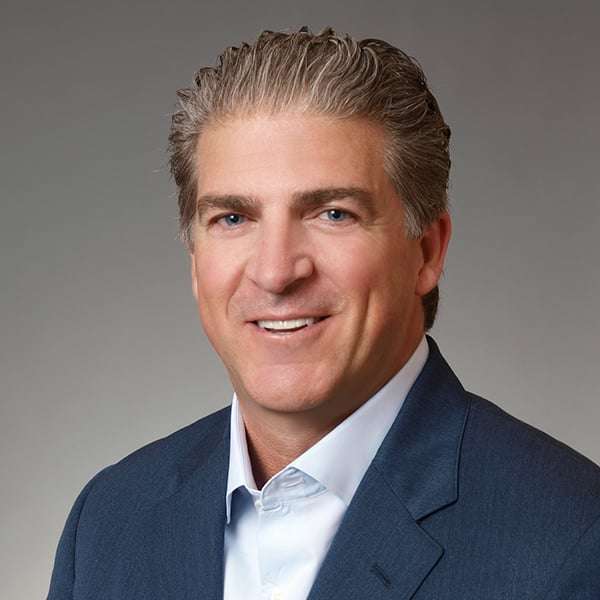 Matt Yeager
Vice President, New Business Development
Matt Yeager
Vice President, New Business Development
At the end of last year, I was lucky enough to attend a couple of KellyOCG’s TLIA events in London. Our Talent Leadership in Action events are a great opportunity to catch up with HR, procurement, and business leaders from some of the world’s leading organizations and hear about their big strategic challenges and ideas (look out for our next event in March 2023). Many of the folks I spoke with had workforce planning front of mind, but it’s a task that’s getting tougher and more complex.
Our roundtable discussions at TLIA in October threw up a lot of shared goals; delegates talked about ‘going through workforce transformation’, ‘improving workforce planning to support their contingent workforce’, ‘taking a creative approach to hybrid’, and ‘moving from operational to agile workforce planning’. But whatever their priorities, many attendees emphasized the huge challenges of building a workforce planning approach when the world of work is in flux. It’s something that’s keeping leaders up at night – Deloitte’s 2023 Global Human Capital Trends survey found that only 18% of respondents believe their leaders are ready to develop the right workplace model for their organizations.
But despite big obstacles, workforce planning is something that no one can afford to overlook. Many sectors are still dealing with fierce talent competition, while economic uncertainty and shifting worker needs intensify an already charged work landscape. Businesses can’t afford to cross their fingers and hope – they need a strategic workforce plan that’s robust enough to deal with the challenges they face right now and agile enough to cope with whatever comes next. This may mean ripping up their current strategy and starting again, as well as bringing in expert talent partners to help shape their planning journey.
In this blog, I look at the importance of agility in workforce planning and why choosing the right talent partner can be make or break your workforce strategy.
How do you plan for what’s next when nothing stands still?
How do you ensure your workforce plan can cope with constantly moving goals and challenges? You make sure it’s designed to be agile, reflecting your current workforce, long and short-term goals, future skills needs, and company culture. One of our awesome TLIA speakers in 2022 was Adam Gibson – Strategic Workforce Planning Lead, E&Y and author of Agile Workforce Planning – and he said something that makes a great starting point for any discussion on workforce planning: “The aim of workforce planning is not to deliver a plan; the aim of workforce planning is to deliver the right workforce.” This is important because it’s easy to get caught up in complex planning processes and forget that the goal is to ensure a business can access the right people, in the right places, when they need them most. As Adam put it, “We’re creating the contingencies for a worst-case scenario and the flexibility to be able to respond to a best-case scenario, and appreciating that these are all different versions of the future that we can plan a response to.”
Future-focused workforce planning: Where do you start?
The first thing to do is to ensure that stakeholders from across the business are an active part of the process. Workforce planning has traditionally sat with HR, but it impacts everyone. Stakeholders from procurement, finance, and the C-suite should all have a seat at the table. Then it’s about analyzing where you are right now – what does your workforce look like (permanent and contingent), where are your biggest gaps and hardest-to-fill roles, and how does that line up with your strategic goals? Where are your people working and how do they want to work? Only with these answers can you assess broader long-term ambitions. A future-focused plan must be built on a detailed understanding of the needs of all parts of the business and a clear view of where you are right now.
How do you choose a workforce planning partner?
An expert partner is a huge asset when it comes to strategic workforce planning; they can help to bring together stakeholders from different parts of a business, offer a broad perspective into a current workforce, and share insights on best practice and technology. Often, leaders look to their current solutions provider to fill that gap, but that might not always be the right move. In a traditional supplier-funded MSP or RPO, there is limited space for the analysis and consultation that underpins great workforce planning – honestly, they don’t have the commercial margin for it. A successful workforce planning partner needs to be consultative, experienced, and have the time and space to really dig into the details. This deep, consultative relationship becomes even more important during times of intense business change, like restructuring or acquisition activity. At KellyOCG, we have over seven decades of workforce planning and solutions experience, and if you want fast access to deep strategic, global expertise, I don’t think there is a better place to start.
The future of work is complex, exciting, and sometimes overwhelming, and a strategic (and agile) workforce plan can help organizations make better decisions today while preparing for what’s to come. What’s more, it can ensure that you stay ahead when it comes to accessing the skills you need in a competitive market. Want to talk workforce planning challenges? Get in touch – I’d love to connect.

